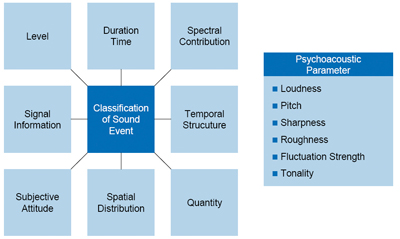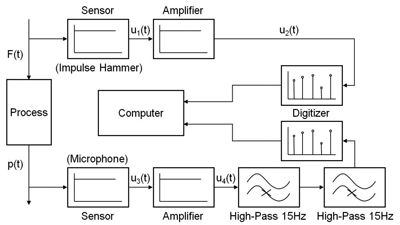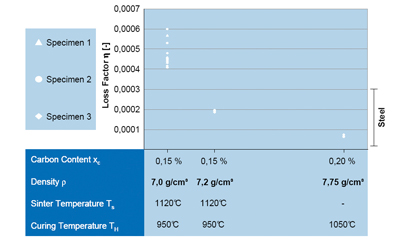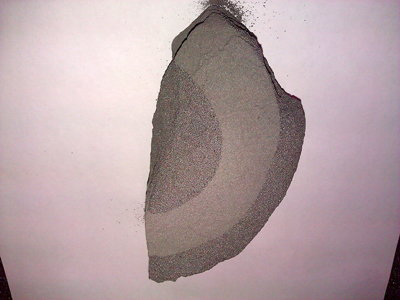NVH is one of the most difficult areas of gearing approaching black art. Transmission developers have their own standards for testing. Often subjective measurements by a panel of trained employees are used. The panel listens to the transmissions and give their opinions on the noise levels and characteristics.
Psychoacoustics is a research area developing to scientifically relate noise not only to dB but also to human perception and the sensitivity of the ear and ultimately the brain. This is aimed at quantifying and predicting what today is a subjective response to noise.

Figure 1
There is a nomenclature used in this field of gearing that is quite subjective as well. Terms such as Harshness, Shift-feel and Clonk are used, and it is more of a feeling than quantifiable first principle based parameters. Figure 1 shows parameters used in classification of noise as well as parameters used in the field of psychoacoustics.
Nevertheless, PM gears are subjected to the same testing and nomenclature as solid steel gears and data has to be generated, presented, and scrutinized using the same principles as for solid steel gears.

Figure 2
The most basic testing is to hit a PM specimen with an impact hammer, ring or bar, and measure the decay time between different sound pressure levels. The complete method and math to calculate the internal damping or loss factor is beyond what can be included here, but Figure 2 shows a block representation of the set up. What is more interesting is the result:

Figure 3
Figure 3 shows the loss factor as a function of density. As can be seen in the illustration, the loss factor increases with decreasing density. To the right in the graph is solid steel (16MnCr5) and it has the lowest internal damping compared to the PM specimens to the right. The difference is clearly audible when making the tests.
However there are more factors that play a role in the dampening; sintering time and temperature, heat treatment, and carbon content. This will affect the pore structure, grain size, martensite/bainite content, etc. In order to be on top of all these factors process control is very important to get the desired quality in the steel. Also the design of the gears play a role; transmission error, backlash, gear body, and surface roughness can be designed to make a quiet gear, but that is discussed in a later article.

Figure 4
There is also ongoing research to tailor the density distribution in the PM gear in order to dampen the vibration induced in the gear contact. In the teeth and hub, high density is required for strength reasons but the web section is not as highly stressed and could possibly be made with a lower density. This lower density section will act as a dampener and reduce the transfer from the contact to the shaft, bearing, and housing. Figure 4 shows a broken piece of a non-sintered PM puck with varying density: high-low-high for teeth-web-hub to be cut. The results from the NVH tests of the gears that will be cut out of these multi density pucks will come later this year, but it shows the interesting possibilities inherent in PM manufacturing.
But even if it is possible to reduce NVH using PM material due to its higher internal damping one cannot compensate a bad and noisy design with PM steel. The fundamentals are true for PM as well, meaning that Transmission Error (TE) under load has to be low; involute surfaces should be smooth and backlash as small as possible. Once the design is optimized material comes into play and the there is the possibility to be exploited to make the gear even better.
Next month we’ll focus on micro design and how to make the PM gears robust. Copying steel micro parameters will sub-optimize the PM gear.
























